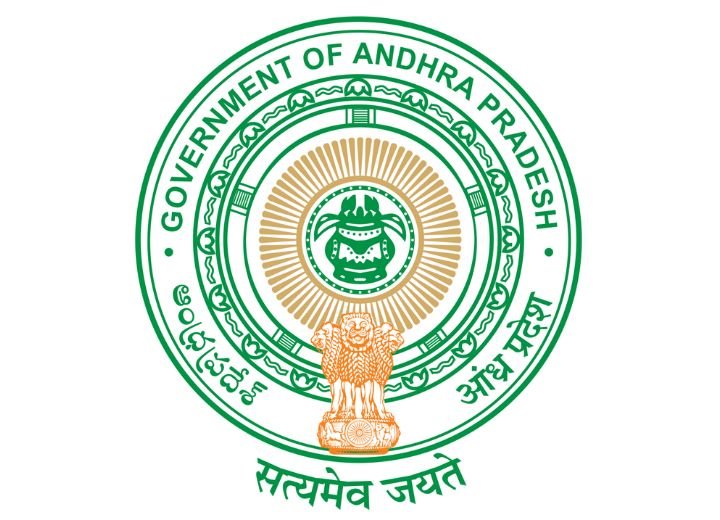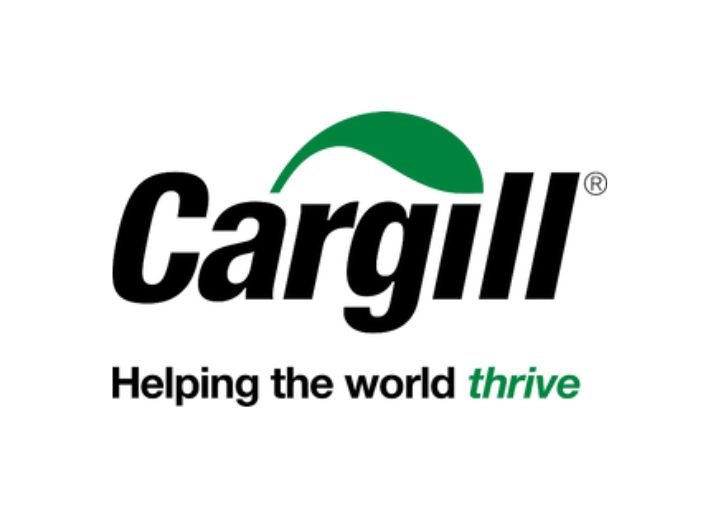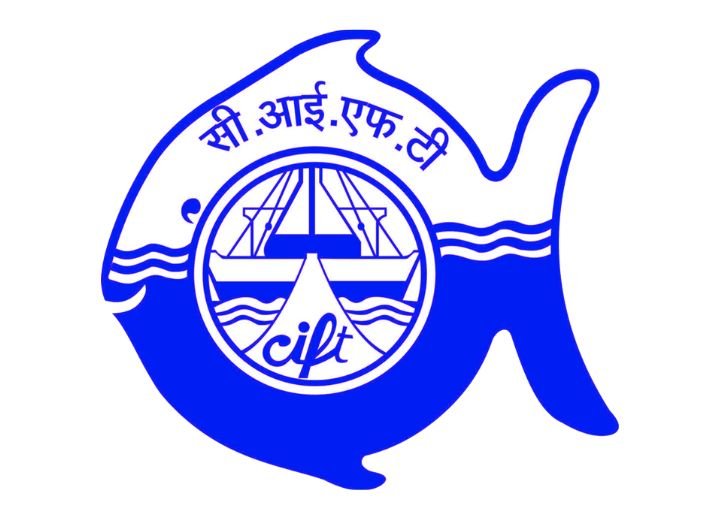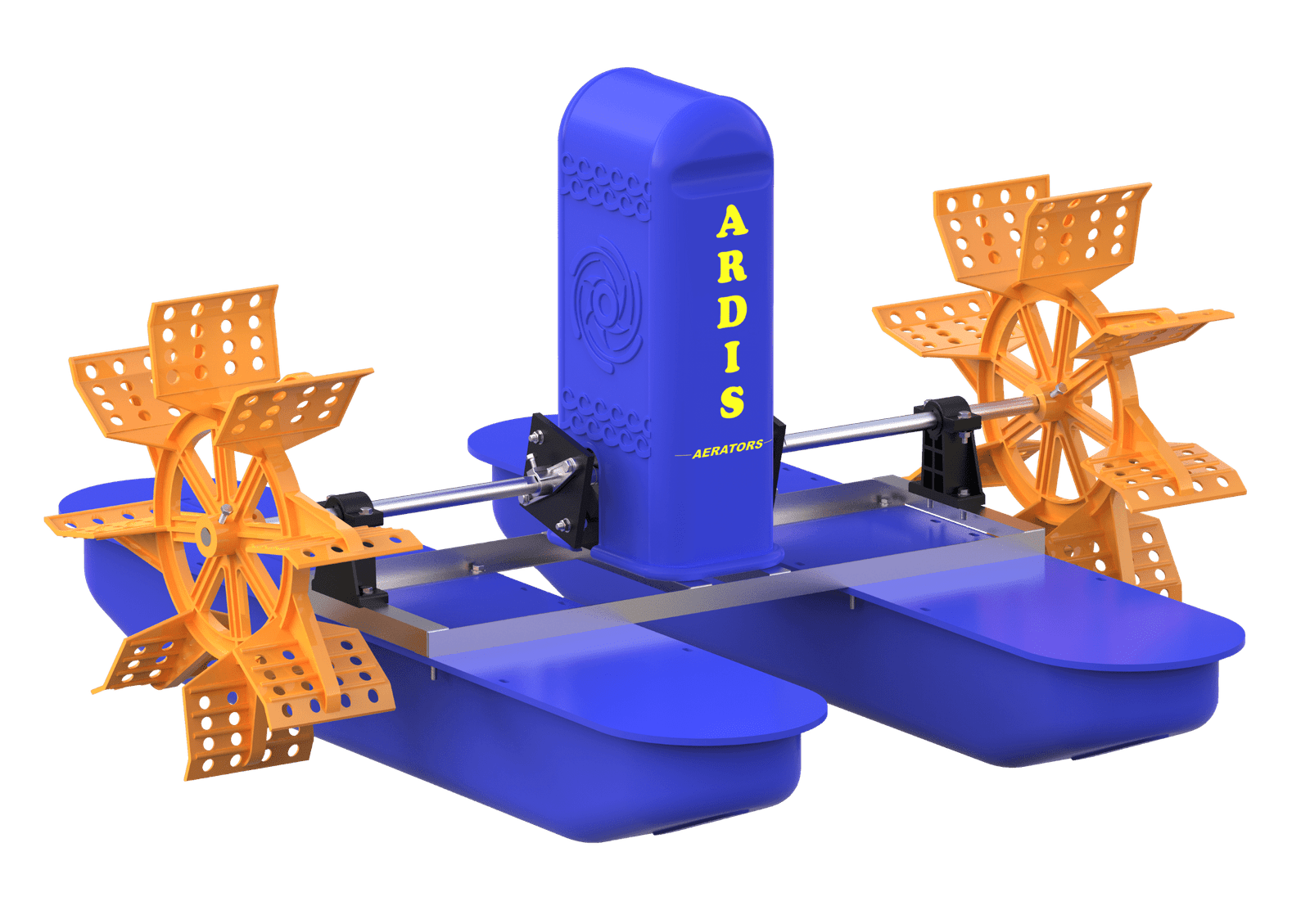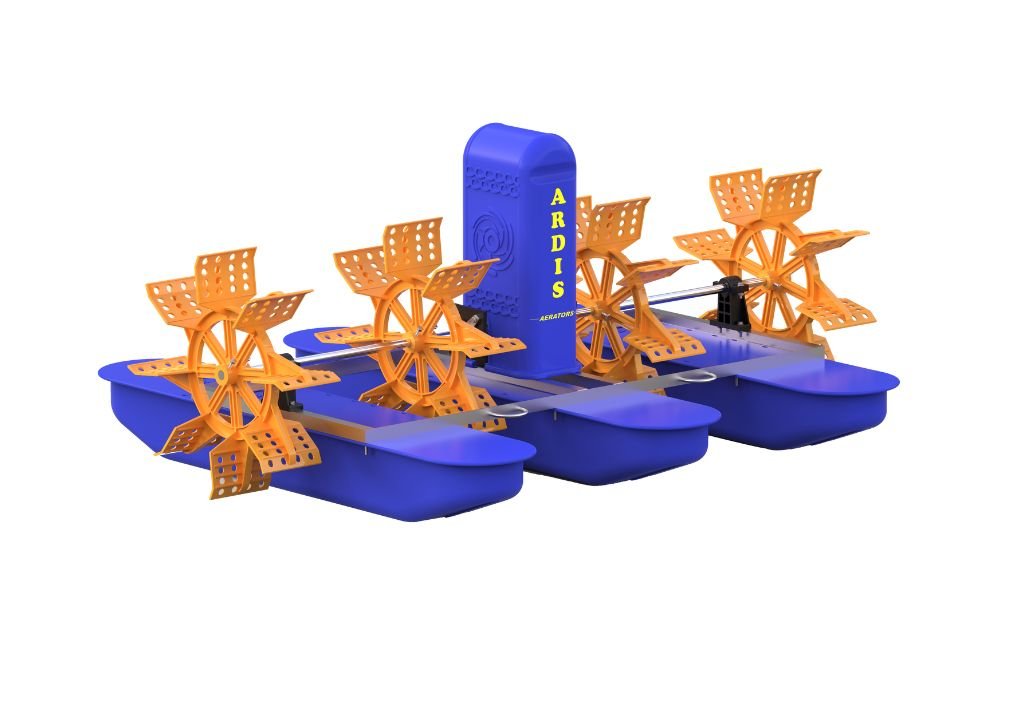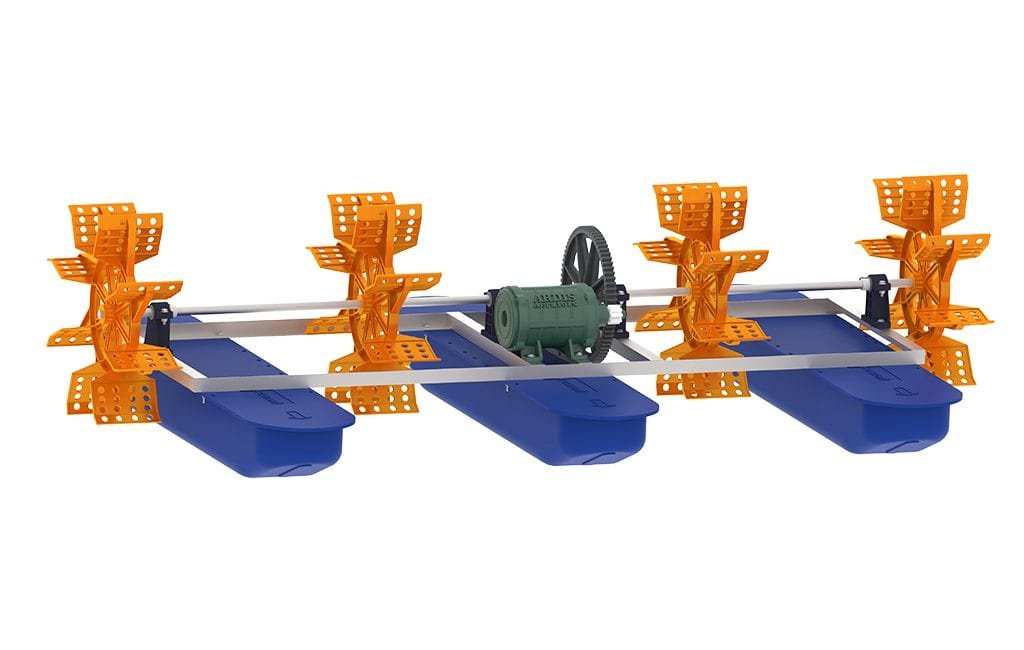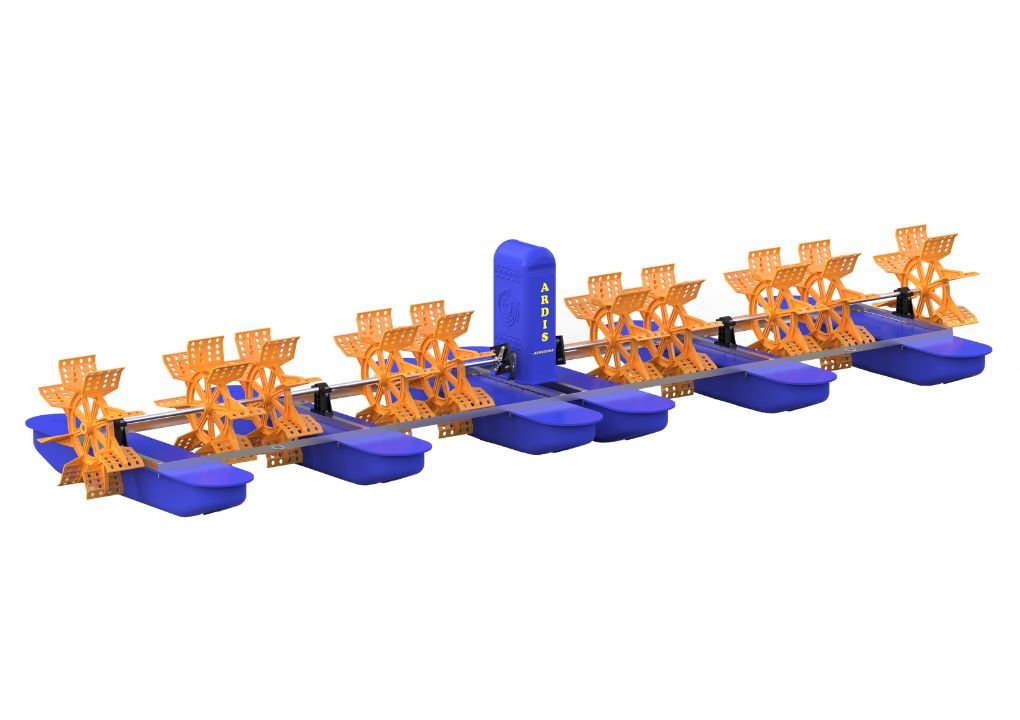Product Details
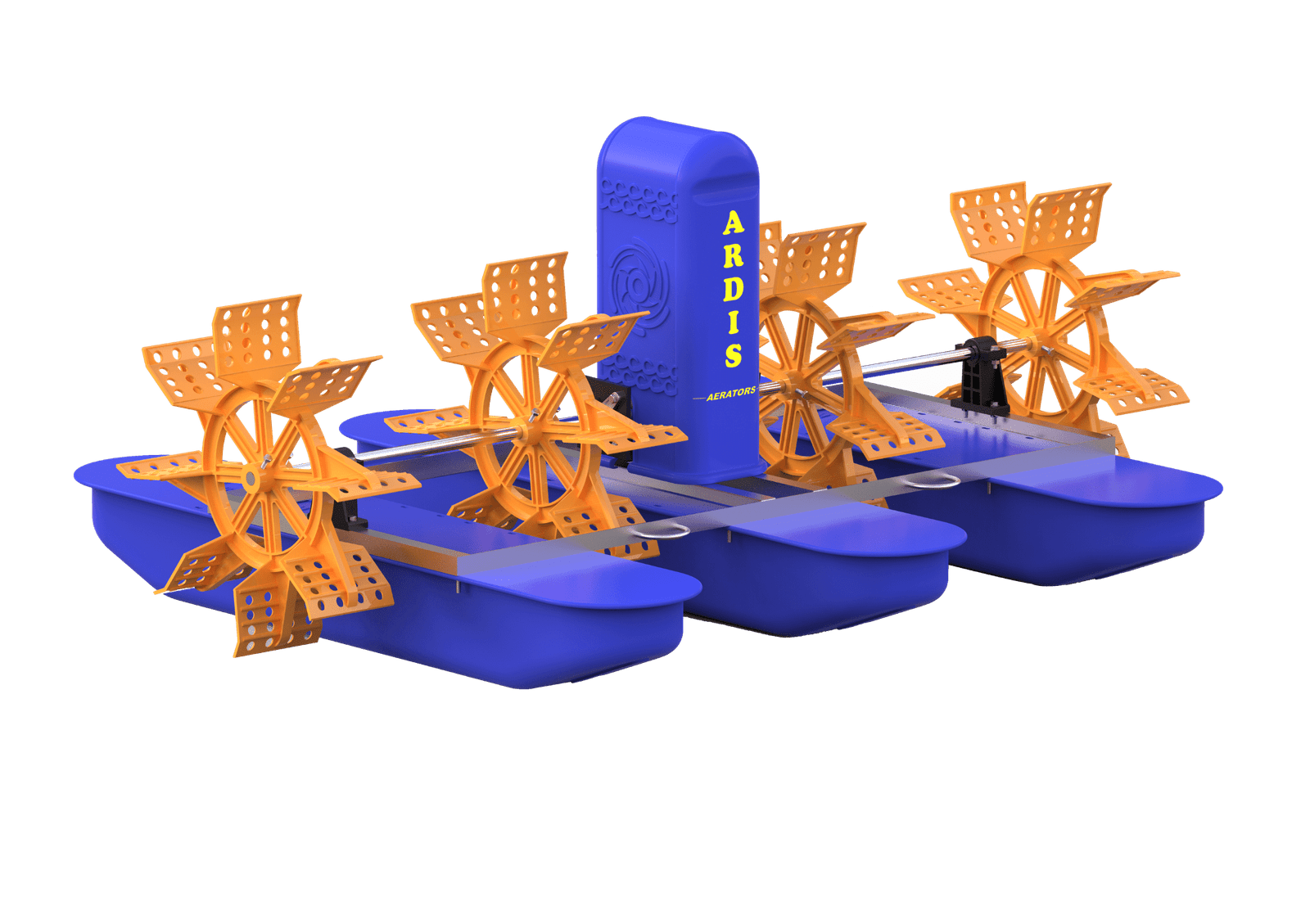
2 hp 4 Paddle Wheel Aerator
- 34,000
- Oxygen transfer rate : 2.59 kg/h
- Power Consumption : 2.2 - 2.4 Amps
- Input power : 440 volts 50 Hz
- Motor : 4 pole 1440 RPM
- Gear Box : 1:14 reducer
- 100 % virgin Material is used.
- All the components are manufactured in India.
- 1 yr replacement warranty on all products other than motor
- Works perfectly with Ardis Solar system
- Highly power efficient system.
Working Principle
Boost Oxygenation in Your Aquaculture Pond with the Powerful 2 HP 4-Paddle Wheel Aerator
Looking to enhance oxygenation in your aquaculture pond? The 2 HP 4-Paddle Wheel Aerator is the perfect solution. Designed with a 2 HP motor and 4-paddle wheel system, this aerator efficiently boosts oxygen levels, promoting a healthy environment for fish and aquatic life.
With its strong water flow and surface agitation, the aerator ensures uniform oxygen distribution throughout the pond. It helps prevent stagnant water and reduces the risk of harmful algal blooms, creating an ideal environment for your aquaculture operation.
Key Benefits:
- Improved oxygen levels with the 2 HP motor and 4-paddle wheel design
- Prevents stagnant water and improves water quality
- Easy to install and operate, perfect for aquaculture farms of all sizes
Invest in the 2 HP 4-Paddle Wheel Aerator to enhance your pond’s oxygenation and ensure the health of your aquatic ecosystem.
Product Description
|
Details
|
2 hp 4 Paddle Wheel Aerator
|
Qty.
|
|---|---|---|
|
Floats
|
HDPE
|
3
|
|
Motor cover
|
HDPE
|
1
|
|
Motor
|
1HP
|
1
|
|
Gear Box
|
Bevel Gear
|
1
|
|
Impellers
|
ppcp
|
4
|
|
Frame
|
SS 304/FRP
|
1
|
|
Shaft
|
SS 304
|
2
|
|
Shaft Supporter
|
NYLON
|
2
|
|
shaft Couplings
|
Cast iron
|
2
|
|
Nuts & Bolts
|
SS 304
|
1set
|
Full Article: Boost Oxygenation in Your Aquaculture Pond with the Powerful 2 HP 4-Paddle Wheel Aerator
Importance of oxygenation in aquaculture ponds
Oxygenation is crucial for the success of aquaculture ponds. Dissolved oxygen (DO) levels directly impact the growth and health of aquatic organisms like fish and shrimp. Adequate oxygen supports respiration, metabolism, and the breakdown of organic matter. Insufficient oxygen can cause stress, reduced appetite, and diseases in cultured species, leading to significant losses. Optimal oxygen levels also maintain water quality and ecological balance in ponds, promoting overall productivity in aquaculture operations.
Common challenges in maintaining oxygen levels in ponds
Maintaining optimal oxygen levels in aquaculture ponds can be challenging due to environmental conditions, stocking densities, and management practices. Oxygen levels fluctuate during the day, with higher levels during photosynthesis and lower levels at night due to respiration and organic matter breakdown. High stocking densities and overfeeding can exacerbate oxygen depletion. Environmental factors like temperature and water circulation also affect oxygen availability.
Understanding the 2 HP 4-Paddle Wheel Aerator
The 2 HP 4-Paddle Wheel Aerator is designed to improve oxygen levels in ponds by creating strong water flow and surface agitation. Its four-paddle design ensures even oxygen distribution, while the powerful 2 HP motor provides robust water circulation, preventing stagnant zones and oxygen depletion. It’s easy to install and operate, making it a practical choice for aquaculture farmers seeking efficient aeration systems.
Benefits of using a 2 HP 4-Paddle Wheel Aerator
- Improved oxygen levels: Ensures effective oxygen transfer for aquatic life.
- Uniform oxygen distribution: Prevents stagnant zones and promotes healthy water quality.
- Reduced risk of hypoxia: Maintains adequate DO levels to prevent mass mortality.
- Enhanced water quality: Reduces organic matter buildup and harmful algae.
- Versatile and easy to use: Suitable for different pond sizes and conditions.
Installation and operation of the aerator
The aerator can be easily mounted on the pond’s edge or in the water. After installation, it’s connected to a power source for operation. Regular monitoring of pond conditions ensures optimal aerator performance. Its reliable and rugged design makes it a dependable solution for improving pond oxygenation.
Maintenance tips for the aerator
- Regular cleaning: Prevent debris buildup to ensure efficient operation.
- Lubrication: Periodically lubricate moving parts for smooth function.
- Electrical maintenance: Check electrical connections and components regularly.
- Preventive inspections: Inspect the aerator for wear and tear and ensure it’s delivering expected performance.
Case studies of successful implementation
- Shrimp Farm in Southeast Asia: The farm improved shrimp growth rates and reduced disease by using a network of 2 HP 4-Paddle Wheel Aerators.
- Tilapia Farm in Latin America: The farm reduced fish losses and improved feed conversion ratios with the aerator’s efficient oxygenation.
- Integrated Aquaculture-Agriculture System in Africa: The aerator helped maintain a balanced ecosystem, enhancing fish growth and reducing environmental impact.
Comparison with other pond aeration systems
The 2 HP 4-Paddle Wheel Aerator outperforms surface aerators, subsurface aerators, and diffused air systems by delivering more robust and efficient oxygen transfer. It’s easier to install and maintain than diffused air systems, while offering superior oxygenation compared to surface aerators.
Conclusion: Improving oxygenation for healthier aquaculture ponds
The 2 HP 4-Paddle Wheel Aerator is an essential tool for maintaining optimal oxygenation in aquaculture ponds. By ensuring uniform oxygen distribution and enhancing water quality, it supports the health and productivity of cultured species. Aquaculture farmers can benefit from improved yields, reduced risks, and greater overall success by investing in this powerful aeration system.
Installation Video
Performance
Related Products
Power Saving Aerator
Our Clients










